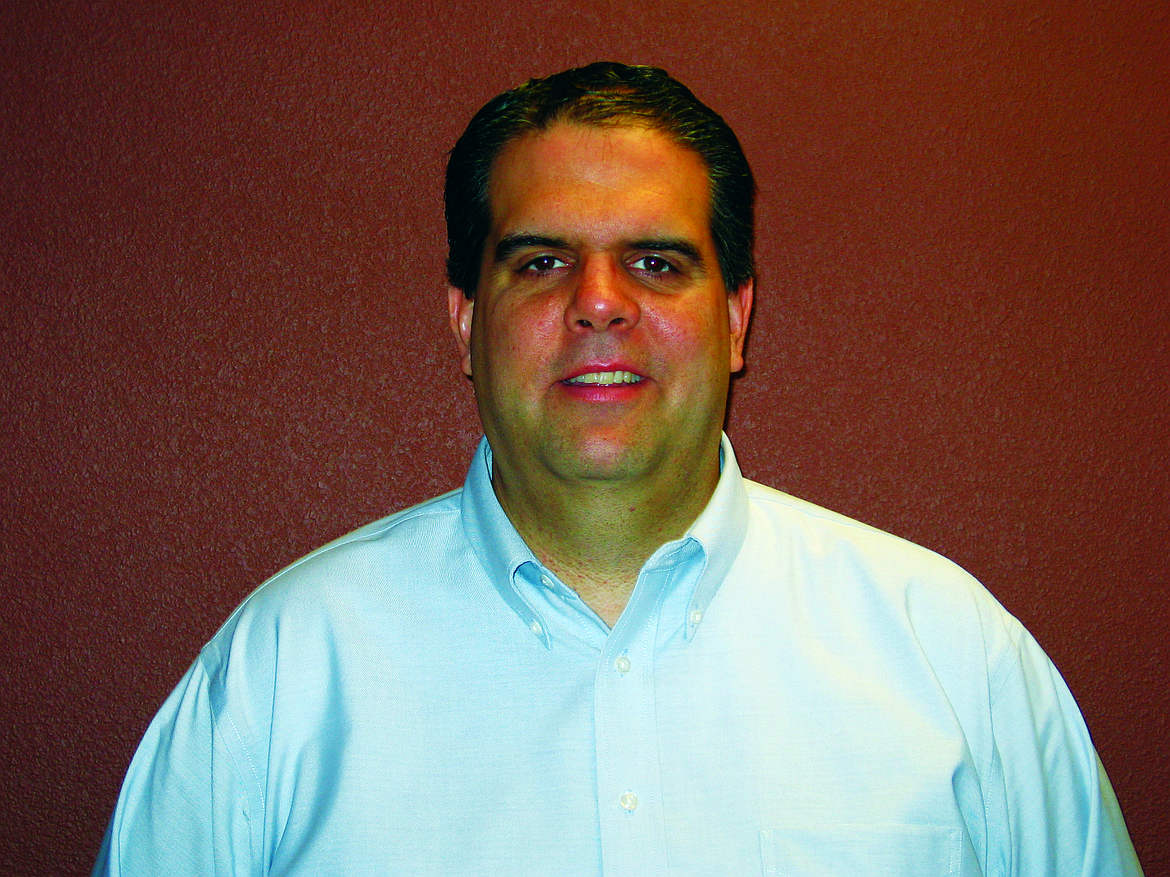ADVERTISING: Advertorial — The truth about spinal decompression therapy
What is it and how can patients benefit from it?
Back and neck pain affect nearly 80% of Americans, causing significant health and socioeconomic problems in our society. Symptoms are often become chronic, even if the original symptom resolves. The primary causes of neck and low back pain are due to disc degeneration, bulges and herniations.
Spinal decompression is essentially the evolution of traction. Traction can be defined as an intermittent or continuous force applied along the long axis of the spine, in an attempt to elongate the spine, or the act of pulling or stretching muscle or joints. Unfortunately, pain relief with traction has been inconsistent and short-lived.
When traction is used, the body’s natural reaction is to pull in the opposite direction. Spinal decompression tables, on the contrary, contain sensitive computer-feedback mechanisms to overcome this phenomenon and allow for maximum therapeutic benefit. The computer feedback mechanism allows the equipment to continuously monitor muscle contractions and to compensate by adjusting the distraction parameters as needed. Each session is centered on a variety of adjustable logarithmic ramp-up, hold and release protocols implemented by the computerized system designed to bypass the proprioceptive response of ligaments and muscles to distraction. By comparison, traction, physiotherapy, or chiropractic cannot adequately bypass the body’s protective mechanism and therefore cannot create negative intradiscal pressure for extended periods
A study by the Department of Neurosurgery and Radiology, Rio Grande Regional Hospital and Health Sciences Center, University of Texas, demonstrated the specific and important clinical action of decompression therapy that makes it effective. Spinal decompression was performed and changes in pressure were recorded. The results of this study indicate that it is possible to lower pressure in the nucleus pulposus (the jelly like material in the center of a disc) of herniated lumbar discs to below -100 mm Hg when distraction tension is applied according to spinal decompression protocol. This is what sets decompression therapy apart from traction, the unique prolonged negative intradiscal pressure that is created.
Spinal decompression’s computer precisely controls the tension for the appropriate disc level. The targeted discs are painlessly distracted to achieve a negative pressure within the disc. By creating this negative pressure in the nucleus pulposus it allows two things to happen. First, it allows compressed discs to be reoxygenated and rehydrated as they draw in water and nutrients from the surrounding body tissues. Second, it promotes retraction of bulging or herniated discs.
By creating this negative pressure in the nucleus pulposus, Spinal decompression has the capability of relieving unwanted pressure on the spinal nerves caused by injured discs. This pressure can lead to an array of symptoms. If neck or low back symptoms have not resolved with other types of treatment, spinal decompression therapy should be considered for people with diagnoses of disc bulge, disc herniation, degenerative disc disease, facet syndrome, sciatica and spinal stenosis.
Unfortunately there are things that may negatively affect the outcome of this treatment such as age, body morphology, smoking, previous surgery, chronic use of narcotic or steroid medications, obesity, and large amounts of daily caffeine. While results obviously vary, most neck and back pain patients who undergo decompression therapy see long lived relief from their pain and better overall quality of life.
• • •
Dr. Wayne M. Fichter Jr. is a chiropractor at Natural Spine Solutions. The business is located at 3913 Schreiber Way in Coeur d’Alene. For more information, please contact us at 208-966-4425.

